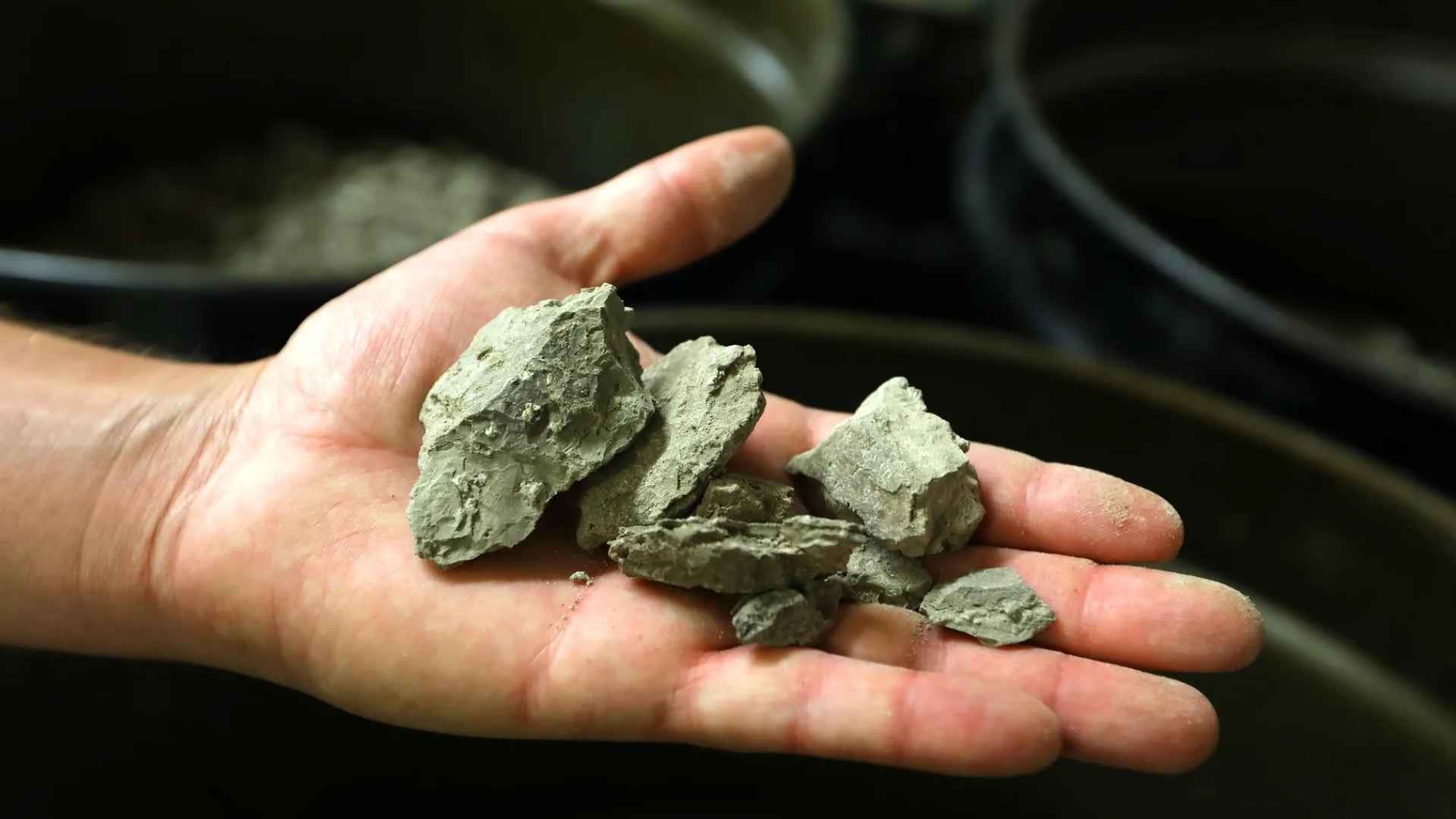A renewed geological study indicates that the ancient McDermitt Caldera, straddling Oregon and Nevada, may harbor the largest lithium deposit ever identified in the United States—potentially valued at $1.5 trillion. Experts believe this vast reserve could reshape the nation’s role in the global battery supply chain.
The latest evaluations suggest the caldera could contain between 20 and 40 million metric tonnes of lithium, far exceeding previous estimates. This significant upgrade points to a turning point for American manufacturing, especially as demand for battery metals skyrockets worldwide.
How the McDermitt Caldera’s unique geological past led to giant lithium riches
McDermitt Caldera was formed by a supervolcanic eruption more than 16 million years ago, creating a geological environment that enriched claystone with high concentrations of lithium. The southern portion, known as Thacker Pass, is already under development by Lithium Americas, supported by over $2 billion in government loans and investments from major corporations like General Motors.
Meanwhile, exploratory efforts on the Oregon side by Jindalee Resources suggest an equally massive, untapped potential.
Why extracting lithium from claystone requires new methods and strict oversight
Recovering lithium from claystone is more complex than extracting it from salt brines. Researchers are experimenting with chemical leaching and closed-loop systems to reduce water usage and environmental impact. Local communities remain watchful.
Malheur County—Oregon’s poorest—sees an opportunity for new jobs, but many residents worry about the ecological effects, given past mining remnants like abandoned mercury waste. Are these concerns justified, or could responsible mining practices pave the way for a brighter economic future? Below is a quick comparison of estimated lithium resources:
| Location | Estimated Lithium (million tonnes) |
|---|---|
| McDermitt (USA) | 20–40 |
| Salar de Uyuni (Bolivia) | 21–23 |
| Argentina | ~20 |
How this remarkable find might revolutionize the United States battery industry
With analysts predicting a 40-fold increase in global lithium demand by 2040, the McDermitt deposit could secure American manufacturing independence for decades. Battery-grade lithium carbonate prices remain high, potentially driving this deposit’s total worth to over $1.5 trillion. Some environmental advocates, however, call for rigorous impact studies to prevent negative outcomes for nearby Indigenous lands and wildlife habitats.
As the United States strives to bolster its domestic lithium supply under the Inflation Reduction Act, McDermitt Caldera stands out as a cornerstone of future energy independence. Policymakers, companies, and local communities now face the challenge of ensuring that extraction aligns with environmental safeguards and shared economic benefits. Ultimately, finding the right balance between development and stewardship will determine how this immense resource reshapes America’s clean energy trajectory.

